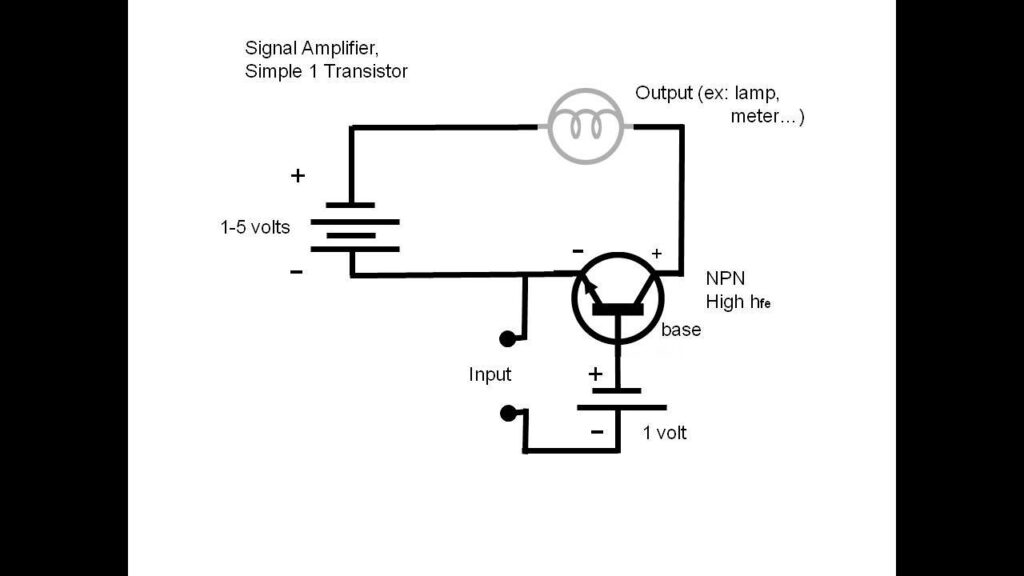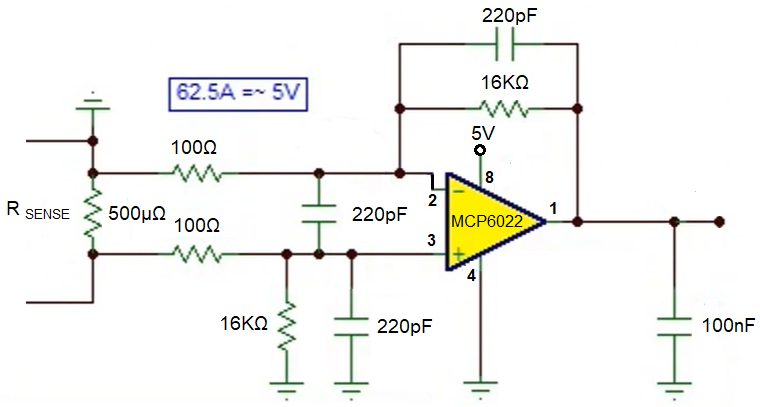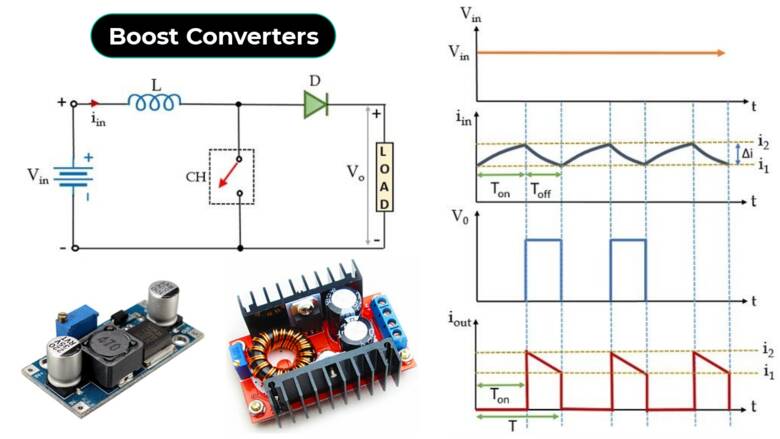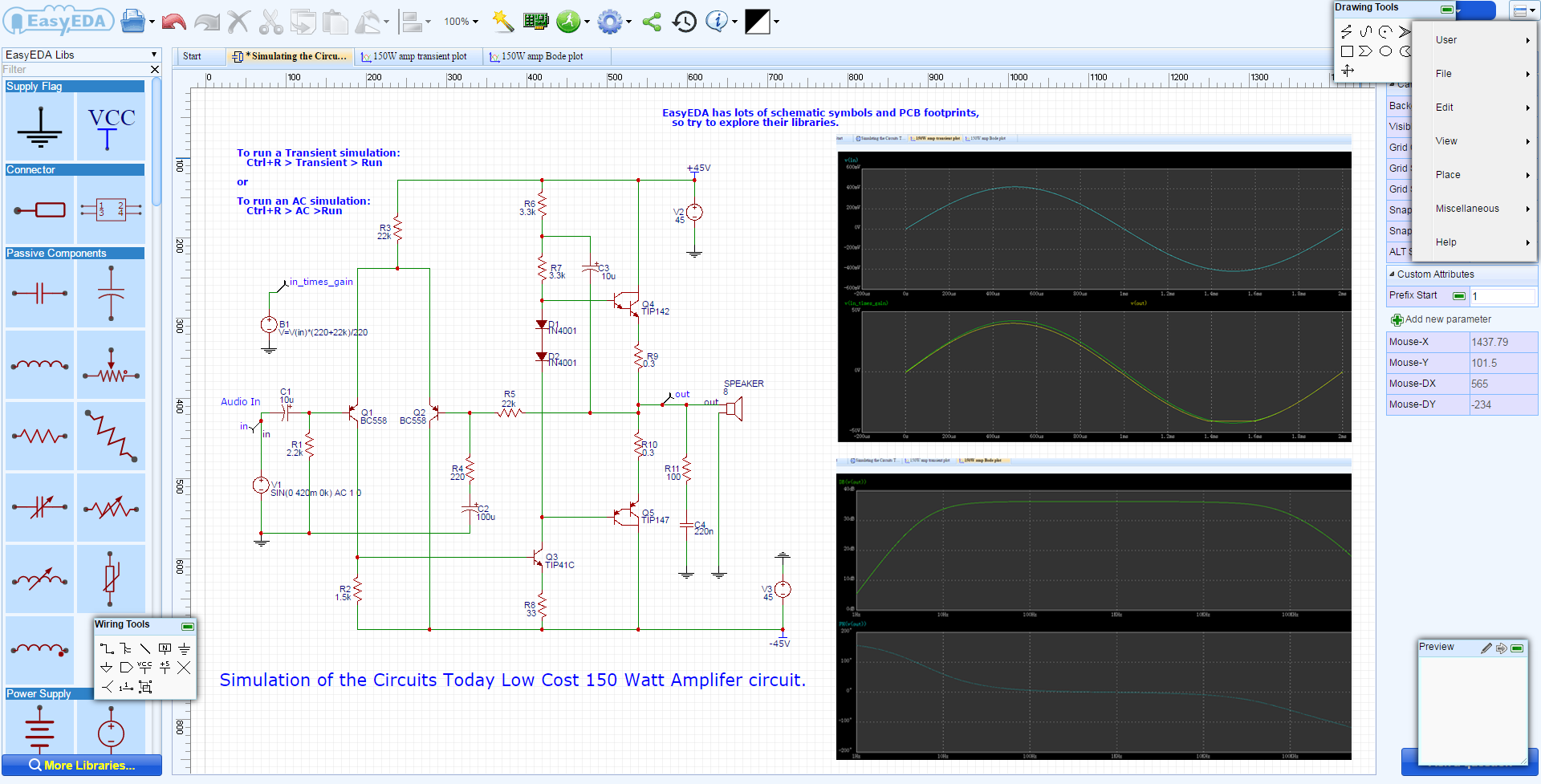How to Build a Simple Signal Amplifier
Signal amplifiers are devices that are used to increase the strength of electrical signals. They are commonly used in a variety of applications, such as in telecommunications, audio equipment, and radio frequency (RF) transmitters. In this article, we will discuss how to build a simple signal amplifier using common electronic components.
Materials Needed
- Breadboard
- NPN transistor (such as BC547)
- 10k ohm resistor
- 100 ohm resistor
- 10uF capacitor
- Connecting wires
- 9V battery
- Signal source (such as a function generator)
- Oscilloscope (optional, for testing)
Building the Circuit
1. Start by placing the NPN transistor (BC547) on the breadboard. Connect the collector pin to the positive rail of the breadboard, the emitter pin to the ground rail, and the base pin to one end of the 10k ohm resistor.
2. Connect the other end of the 10k ohm resistor to the signal source. This will be the input to the amplifier.
3. Connect a 100 ohm resistor to the emitter pin of the transistor. Then connect the other end of the resistor to the ground rail of the breadboard.
4. Place the 10uF capacitor between the collector pin of the transistor and the positive rail of the breadboard. This will act as a coupling capacitor.
Testing the Amplifier
Once you have built the circuit, it is important to test the amplifier to ensure it is functioning correctly. You can do this by connecting the output of the amplifier to an oscilloscope and observing the waveform. If the signal is amplified, you should see an increase in amplitude.
If you do not have an oscilloscope, you can also test the amplifier by connecting a speaker to the output and listening for any changes in volume. Be sure to adjust the input signal to see how the amplifier responds to different levels.
Conclusion
Building a simple signal amplifier can be a fun and educational project for electronics enthusiasts. By following the steps outlined in this article, you can create your own amplifier using basic components. Remember to experiment with different resistor and capacitor values to see how they affect the amplifier’s performance. Happy building!
How to Build a Simple Signal Amplifier
Signal amplifiers are devices that are used to increase the strength of electrical signals. They are commonly used in a variety of applications, such as in telecommunications, audio equipment, and radio frequency (RF) transmitters. In this article, we will discuss how to build a simple signal amplifier using common electronic components.
Materials Needed
- Breadboard
- NPN transistor (such as BC547)
- 10k ohm resistor
- 100 ohm resistor
- 10uF capacitor
- Connecting wires
- 9V battery
- Signal source (such as a function generator)
- Oscilloscope (optional, for testing)
Building the Circuit
1. Start by placing the NPN transistor (BC547) on the breadboard. Connect the collector pin to the positive rail of the breadboard, the emitter pin to the ground rail, and the base pin to one end of the 10k ohm resistor.
2. Connect the other end of the 10k ohm resistor to the signal source. This will be the input to the amplifier.
3. Connect a 100 ohm resistor to the emitter pin of the transistor. Then connect the other end of the resistor to the ground rail of the breadboard.
4. Place the 10uF capacitor between the collector pin of the transistor and the positive rail of the breadboard. This will act as a coupling capacitor.
Testing the Amplifier
Once you have built the circuit, it is important to test the amplifier to ensure it is functioning correctly. You can do this by connecting the output of the amplifier to an oscilloscope and observing the waveform. If the signal is amplified, you should see an increase in amplitude.
If you do not have an oscilloscope, you can also test the amplifier by connecting a speaker to the output and listening for any changes in volume. Be sure to adjust the input signal to see how the amplifier responds to different levels.
Conclusion
Building a simple signal amplifier can be a fun and educational project for electronics enthusiasts. By following the steps outlined in this article, you can create your own amplifier using basic components. Remember to experiment with different resistor and capacitor values to see how they affect the amplifier’s performance. Happy building!



